AHRC London Studentships: Reconnecting Sloane
Tags: Hans Sloane, History of Medicine, History of Science, Illustration, Natural History, Networks
Applications are invited for TWO AHRC Collaborative PhD studentships, commencing in autumn 2012, on the theme of Reconnecting Sloane: Texts, Images, Objects:
- Collecting and Correspondence: Sloane’s Papers and Scientific Networks (Supervised by Dr Arnold Hunt, British Library and Dr Anne Goldgar, King’s College London)
- Putting Nature in a Box: Sloane’s Vegetable Substances (Supervised by Dr Charlie Jarvis, Natural History Museum, and Professor Miles Ogborn, Queen Mary University of London)
- A third Doctoral studentship in the programme, Visualizing Natural Knowledge: Sloane’s Albums of Natural History Drawings (Supervised by Dr Kim Sloan, British Museum, and Dr Elizabeth Eger, King’s College London) has already been allocated to a named student.
Further particulars are available here (doc). Applicants can apply for both studentships, but must complete separate applications for each as outlined below.
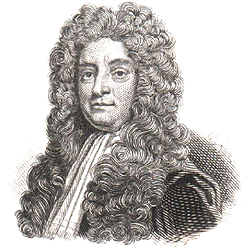 These studentships will focus on the collections of Sir Hans Sloane (1660-1753), which are now divided between the British Museum, the Natural History Museum and the British Library. The research projects will explore various aspects of Sloane’s collections in order to understand how his collecting practices were involved in the making of Enlightenment knowledge. The successful applicants will be expected to work closely with the partner institutions, and each other, in order to draw out the intellectual and material connections between the different parts of Sloane’s collections. They will also participate in the development of new finding-aids for the collections, leading to innovative forms of public engagement.
These studentships will focus on the collections of Sir Hans Sloane (1660-1753), which are now divided between the British Museum, the Natural History Museum and the British Library. The research projects will explore various aspects of Sloane’s collections in order to understand how his collecting practices were involved in the making of Enlightenment knowledge. The successful applicants will be expected to work closely with the partner institutions, and each other, in order to draw out the intellectual and material connections between the different parts of Sloane’s collections. They will also participate in the development of new finding-aids for the collections, leading to innovative forms of public engagement.
The award pays fees and an annual maintenance grant (currently £15,590 per year) and the partner institution will contribute up to £1000 pa research costs. The usual AHRC eligibility rules (pdf) apply to these studentships, including having an appropriate master’s degree by October 2012 and AHRC’s residential requirements.
For both studentships the closing date is 29 June 2012. Interviews will be held in London on 19 July 2012. Applicants will need to include a CV, two references, an academic transcript, and a 1000-word statement of purpose.
- For Collecting and Correspondence: Sloane’s Papers and Scientific Networks further details (doc) are available on the Department of History, King’s College London website. Informal inquiries should be made to Dr Anne Goldgar (anne.goldgar(at)kcl.ac.uk) and applications should be made to Kings College London.
- For Putting Nature in a Box: Sloane’s Vegetable Substances further details (doc) on the project and how to apply are available on the School of Geography, Queen Mary University of London, website. Informal inquiries should be made to Professor Miles Ogborn (m.j.ogborn(at)qmul.ac.uk) and applications should be made to Queen Mary University of London.

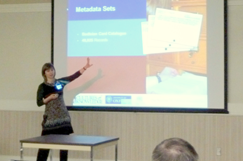
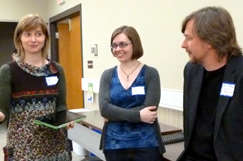

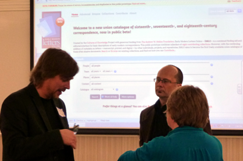
 Since its arrival from the New World and a serendipitous combination with milk and sugar the cacao bean has held European taste-buds in its thrall, and those who craved ‘a fix’ during the Lenten fast might empathise with
Since its arrival from the New World and a serendipitous combination with milk and sugar the cacao bean has held European taste-buds in its thrall, and those who craved ‘a fix’ during the Lenten fast might empathise with 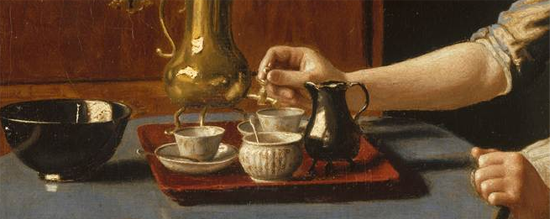




 Join
Join 